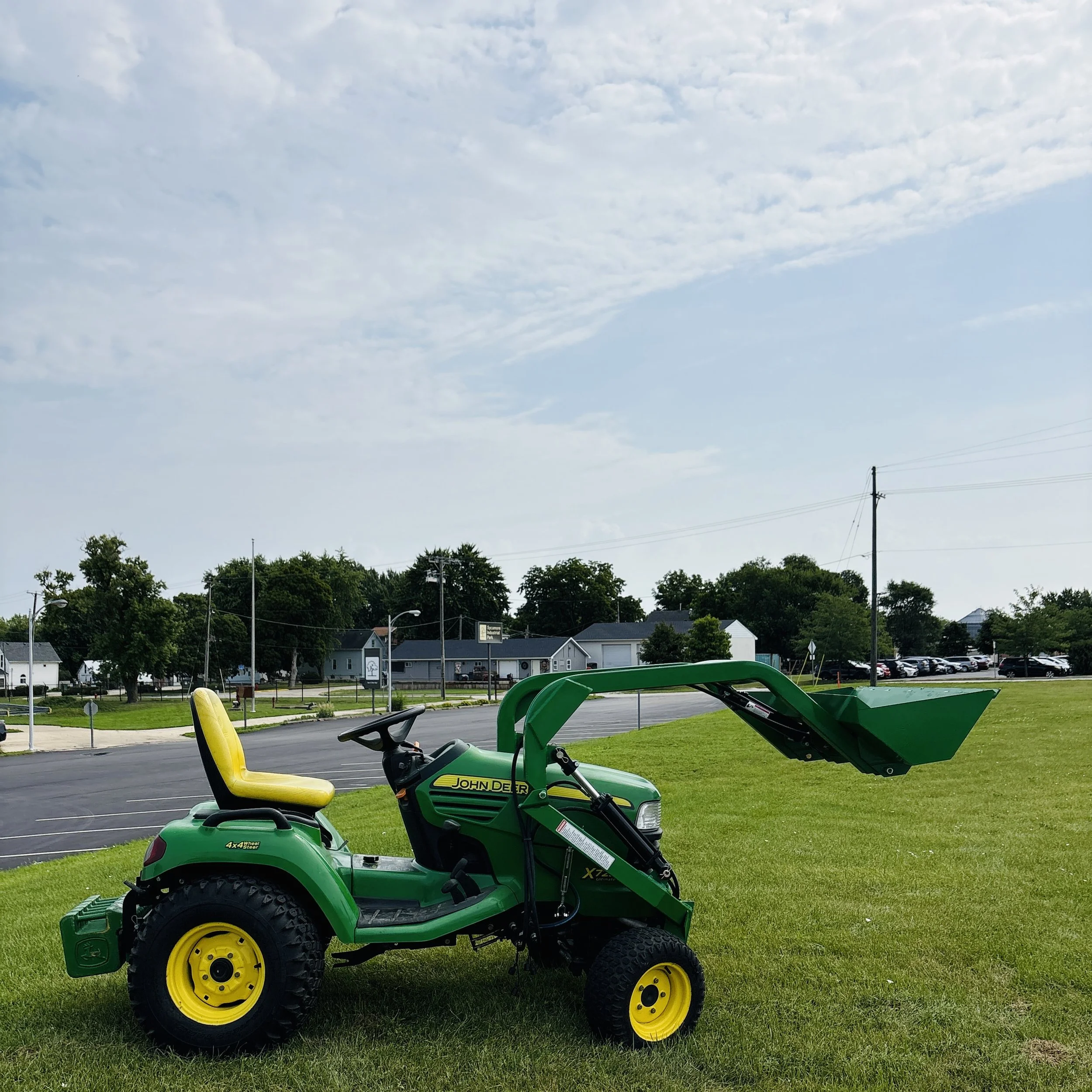Understanding the Float Function on John Deere Garden Tractors, and how it relates to FEL’s
If you’re new to using a John Deere garden tractor with a front-end loader or 3-point hitch attachment, you may have come across the term float function (also called float mode or float position). So what exactly does it mean?
The float function allows your implement—whether it’s a loader bucket, snow blade, or rear attachment—to move freely up and down, following the natural contours of the ground. Instead of being held rigidly in place by hydraulic pressure, the implement is guided by gravity and the terrain. This makes tasks like snow removal, grading, or working on uneven ground much smoother and more effective.
We recently received this great question:
“Does the loader have a float feature and setting so the bucket can float over uneven surfaces when moving forward and backward?”
The answer is yes! All John Deere garden tractors equipped with hydraulic controls include a float function. To enable it, simply push the control lever all the way forward, past the standard “lower” position. You’ll feel it lock into place—that’s float mode. Once engaged, your bucket or attachment will glide naturally over the surface, adjusting as needed without constant operator input.
It’s a small but powerful feature that makes your tractor much more versatile for year-round work. If you haven’t tried float mode yet, give it a shot on your next cleanup or snow removal job, you’ll quickly see the difference.
Have more questions about getting the most out of your John Deere and loader? Feel free to reach out, we’re always glad to help.
